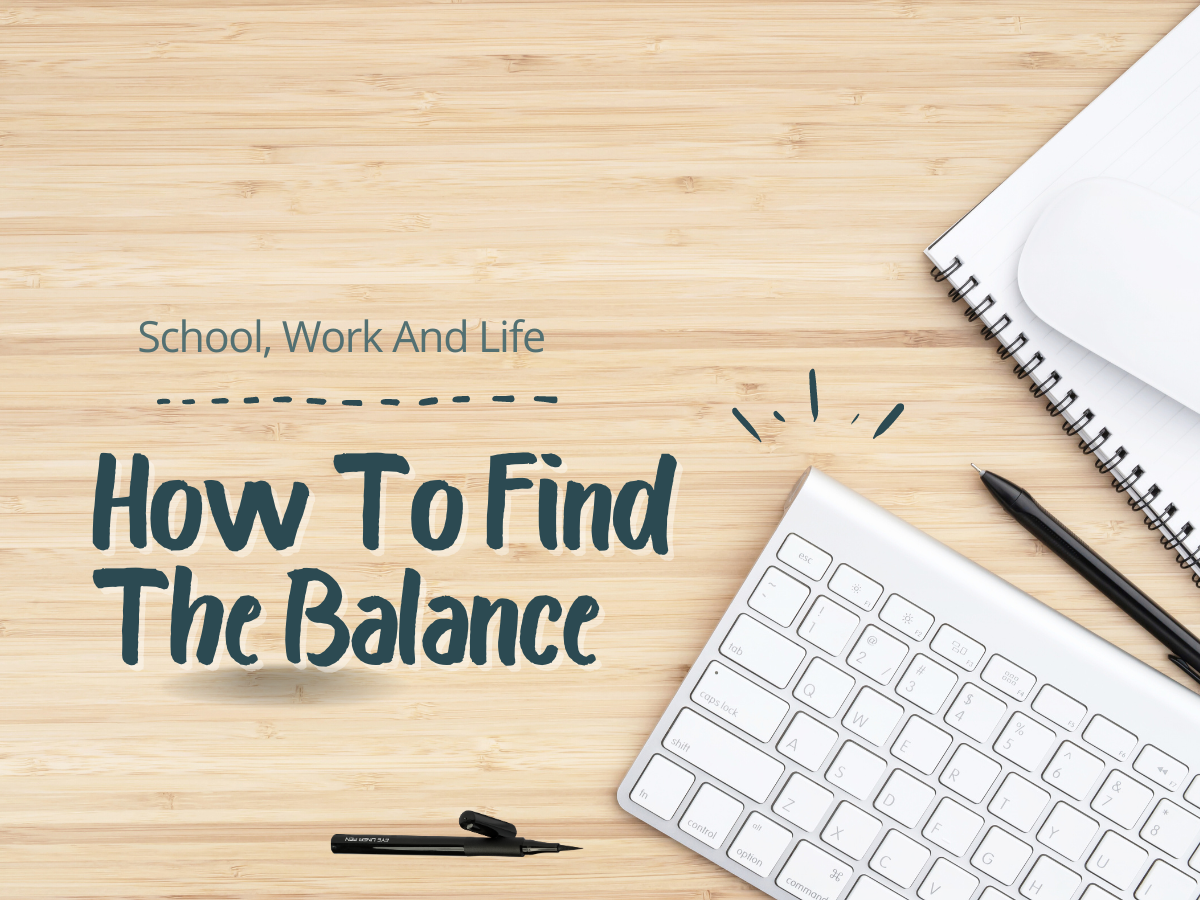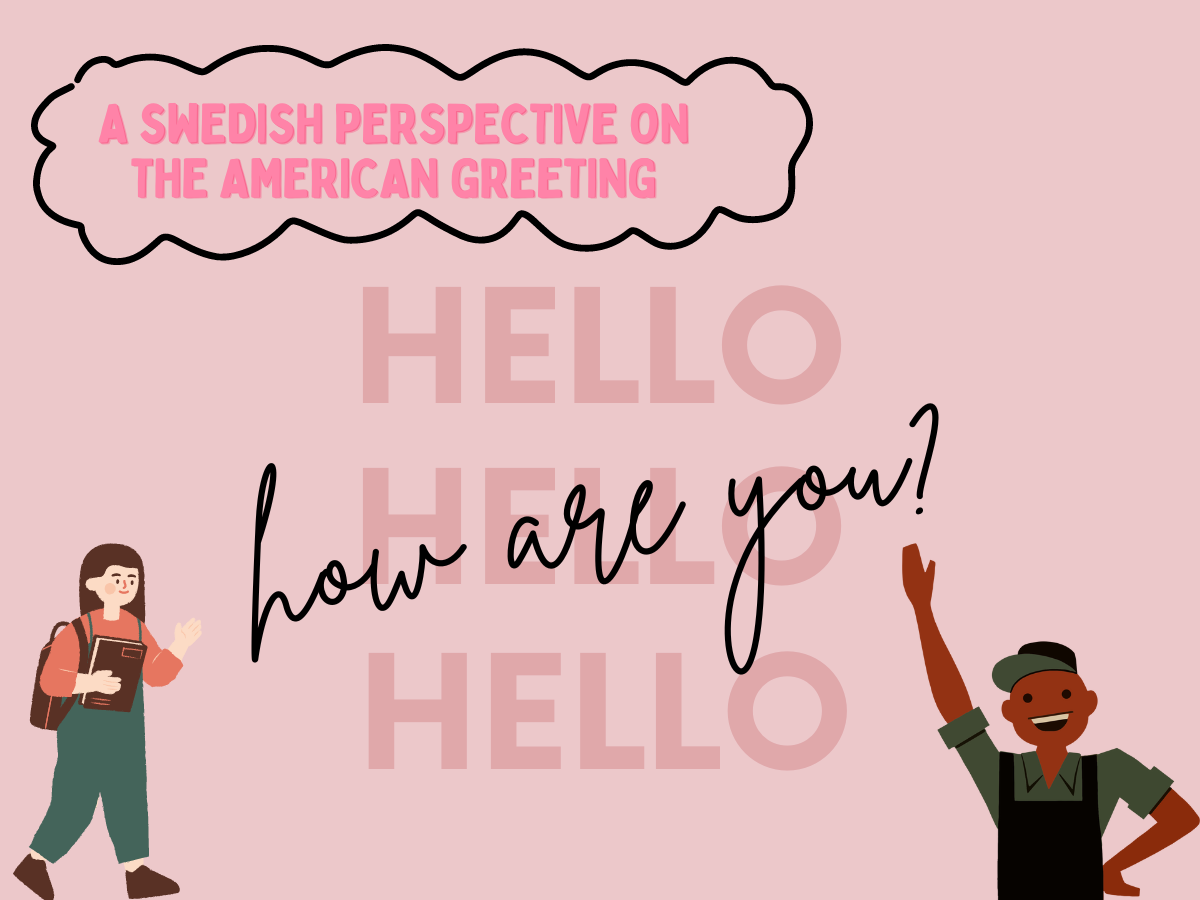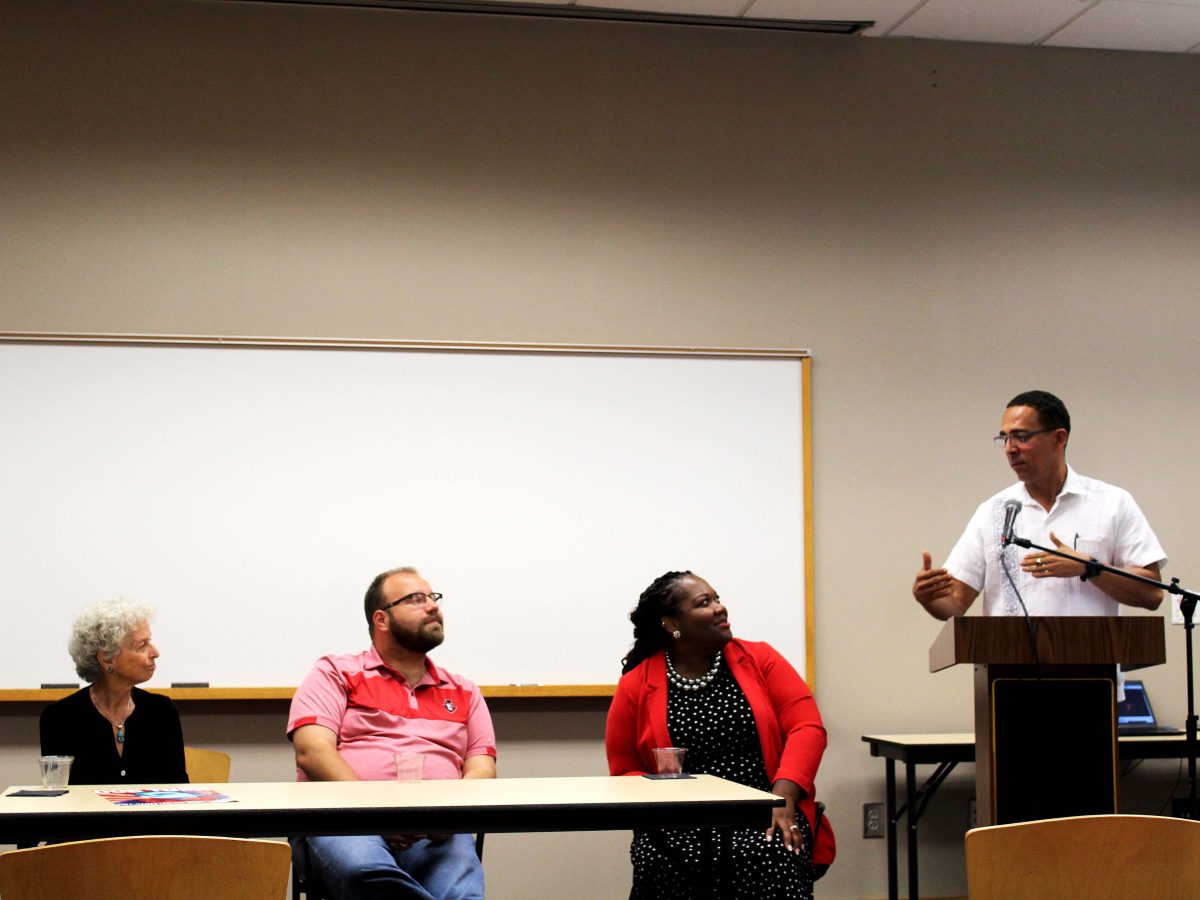October is Breast Cancer Awareness Month, and early detection and prevention are crucial to women’s health since one in eight women will be diagnosed with breast cancer in her lifetime, according to breastcancer.org.
However, ad campaigns and organizations like Save the Tatas and Susan G. Komen’s Race for the Cure undermine the seriousness of breast cancer by sexualizing the disease and awarding presidents of their companies enormous bonuses while doing little to empower women.
Breast cancer isn’t sexy, and sometimes the “tatas” can’t be saved unless the woman in question is willing to risk the likelihood of the disease spreading and killing her.
Everyone would do well to pry into the charity organization they’re interested in donating to before doing so. Komen’s logo is attached to everything in the wave of pink that washes over October, but a little digging reveals the salary of over $500,000 its CEO takes home every year.
Komen isn’t unique in this. There are many organizations whose administrators make several hundreds of thousands of dollars under the guise of being a charitable organization.
The pink wave that hits several popular “women’s” products can be a painful reminder to survivors or loved ones of those who have passed away from breast cancer of the huge cash cow that Breast Cancer Awareness Month has become.
There’s no escaping the “Save the Tatas” bumper stickers, “I <3 Boobies” bracelets or “Save the Racks” t-shirts.
Breast cancer isn’t something to be sexualized. Would corporations sponsor “Fight for Men’s G-Spot” shirts and paraphernalia or “Save the Nuts” campaigns for prostate and testicular cancer? Sending the message that we need to “Fight for second base” confuses what exactly people need to be concerned about: saving a pair of breasts or the person attached to them?
The attention shouldn’t be on saving the breasts. For many women, deciding to keep their breasts instead of opting for a double mastectomy can be a fatal mistake. The results can be devastating for women who choose to undergo the surgery as a culturally significant aspect of their femininity has been cut off of their bodies.
Susan G. Komen for the Cure is the most prominent charity organization focused on breast cancer awareness. It is also one of the lowest ranked on Charity Navigator, an independent, non-profit organization designed to rate charity organizations, with an overall score of 78.97/100.
While Komen is highly ranked by Charity Navigator in the transparency category, meaning its finances are well-documented and easy to locate on the website, among other significant pieces of information, its financial score is barely over 70, indicating their spending and financial distribution is subpar. This is in part due to the large salaries of its CEO and its founder, Nancy G. Brinker, who makes over $480,000 per year.
The American Breast Cancer Foundation has the lowest score, with almost a third of its revenue going to administrative costs. Charity Navigator reports its CEO alone accounts for 12 percent of the organization’s income.
That being said, there are plenty of other breast cancer awareness foundations that don’t have huge administrative or fundraising overhead. It comes as no surprise that as the administrative expenses shrink, the rating increases.
Bay Area Cancer Connections, Living Beyond Breast Cancer and National Breast Cancer Foundation, Inc. received overall scores over 90 by Charity Navigator.
Living Beyond Breast Cancer and National Breast Cancer Foundation, Inc. have a higher percentage of their funds going to administrative expenses, but their fundraising expenses and highest paid administrators account for less of their expenses than Komen’s.
There are a plethora of ways to advocate for breast cancer awareness, whether that entails a donation, sharing a personal experience with a friend or finding out prevention and early detection methods and passing the word along.
Cutesy logos and pink-tagged products are no way to cure breast cancer, however.
It’s great that a disease formerly off the table for discussion two generations ago is being discussed. It’s also important to embrace those who have had to endure a mastectomy or double mastectomy or have opted for one to reduce the risk of developing breast cancer, and to think critically about the products being sold in the interest of investing in a cure.
Buying a pink bucket of KFC chicken or highly
toxic Avon products isn’t doing good for anyone, it’s increasing the buyer’s
risk of developing breast cancer. Great strides have been made medically and
socially, but we have yet to see a little less pinkwashing and a little more
information on risk factors for this disease.





